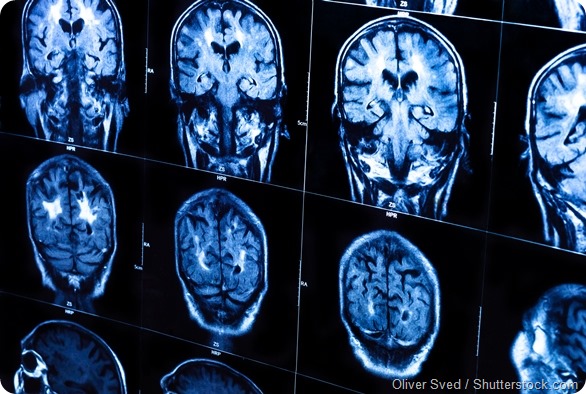Recent research, published yesterday, has identified a chemical transmitter in the brain that plays a vital role in Tourette Syndrome. This latest finding presents the potential for developing targeted, and therefore more effective, treatments to suppress the distressing symptoms of Tourette Syndrome.
Tourette Syndrome is a developmental disorder characterised by involuntary and repetitive movements and vocal tics. Although the exact cause of Tourette Syndrome is unknown, both the primary motor cortex and the supplementary motor area (areas that produce and control movement) are thought to be hyperactive in the brains of those with Tourette Syndrome, causing the tics which can be both embarrassing and disruptive.

The study used a technique called magnetic resonance spectroscopy (MRS) in a magnetic resonance imaging (MRI) scanner to measure the concentration of neurotransmitters in the brains of a group of young people with Tourette Syndrome and a group of matched controls.
The researchers discovered that concentrations of GABA in the supplementary motor area of the brain were higher among the people with Tourette Syndrome then in those without the disorder. Since GABA controls excess activity in the areas of the brain that produce movement, this appears counterintuitive as people with Tourette Syndrome suffer additional unwanted movements. In contrast, people with Tourette Syndrome had lower levels of GABA than the controls when asked to perform a simple movement such as finger tapping.
The study also showed that in Tourette Syndrome there were more connecting fibres, leading the team to conclude that more connecting fibres means more excitatory signals are being produced leading to the need higher levels of GABA to calm this excess hyperactivity.
Professor Stephen Jackson explained:
This finding is paradoxical because prior to our finding, most scientists working on this topic would have thought that GABA levels in Tourette Syndrome would be reduced and not increased as we show. This is because a distinction should be made between brain changes that are causes of the disorder (e.g., reduced GABA cells in some key brain areas) and secondary consequences of the disorder (e.g., increased release of GABA in key brain areas) that act to reduce the effects of the disorder.
This discovery opens up the potential for improving treatment options for people with Tourette Syndrome. Neurostimulation with constant, low level electrical current delivered directly to the brain via electrodes, has already been shown to successfully control GABA levels in targeted areas of the brain.
Amelia Draper added:
This result is significant because new brain stimulation techniques can be used to increase or decrease GABA in targeted areas of the cortex. It may be possible that such techniques to adjust the levels of GABA in the SMA could help young people with Tourette Syndrome gain greater control over their tics.
Sources